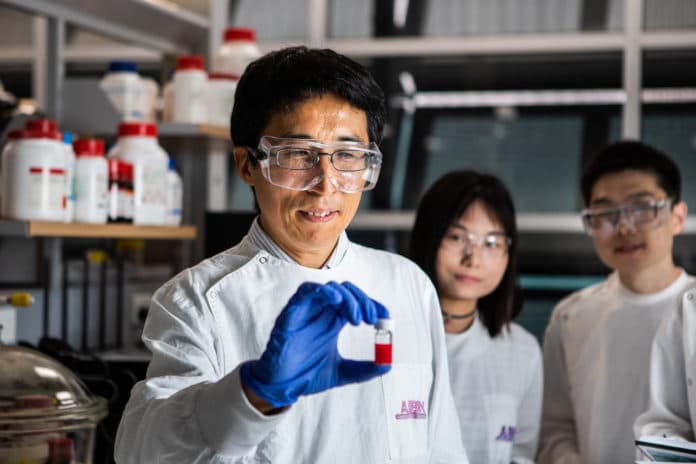Current solar technologies use rigid and expensive materials. Now, Queensland University engineers have developed a flexible, inexpensive, and thin solar film that is extremely effective. It can be applied to any flat surface, from the smallest devices to the largest buildings, thereby turning it into a photocell.
Its operation is fundamentally different from today’s solar cells because nanoparticles called “quantum dots” in the solar film transfer electrons to each other under the influence of sunlight and thus generate electricity.
These quantum dots are printed on a flexible thin film, which remains transparent to the naked eye so that objects covered with them are not obscured. At the same time, it can be easily printed on a 3D printer that could then coat an appropriate surface, instantly creating a solar cell.
With these quantum dots, researchers recently managed a total conversion efficiency of 16.6%, which is the world record in its category. The previous record in the quantum dot solar cell category was 13.4%.
However, translucent, flexible films make solar energy use in areas that have so far proved inaccessible. According to the developers, the practicality is further enhanced by the low weight and also by the fact that quantum dots are able to work efficiently in a weaker light, such as on cloudy days or under indoor lighting.
“This opens up a huge range of potential applications, including the possibility to use it as a transparent skin to power cars, planes, homes, and wearable technology. Eventually, it could play a major part in meeting the United Nations’ goal to increase the share of renewable energy in the global energy mix,” said Professor Lianzhou Wang, who led the breakthrough.
Since so far, the overall efficiency of quantum dots is lower than silicon photocells, the team plans to develop a hybrid system for industrial applications that will increase the flexibility of solar energy.
Scientists are hoping that the first, small-scale solutions will become marketable within two years. It will take three to five years for scientists to make the larger version that covers the entire rooftop.
The results of the research are published in the journal Nature Energy.
